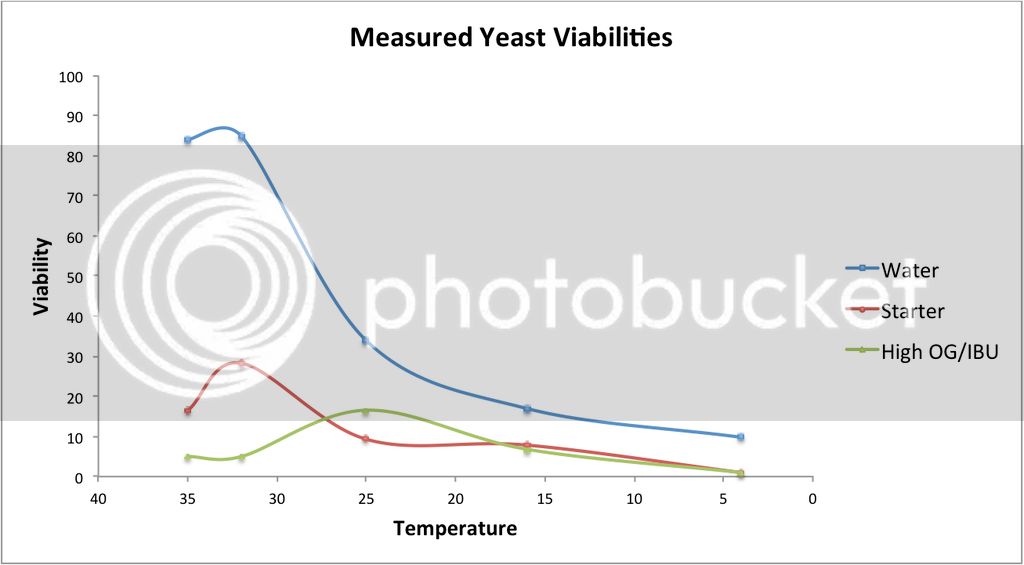Goose
0 Warning Points
- Joined
- 6/7/05
- Messages
- 638
- Reaction score
- 147
Feldon said:I thought this was a good approach to yeast (but not life in general):
"[SIZE=medium]Sure, some yeast die if pitched dry direct into the wort. But maybe this is a good thing. They are weak yeast cells with cell walls that can't withstand the osmotic pressure of the wort. Good. Let the buggers die, and ferment your beer with decendants of the remaining strong, thick walled yeast. [/SIZE][SIZE=medium]Call it a eugenics approach."[/SIZE]
That implies that the yeast that could not withstand the osmotic pressure could also not process wort.
Not sure about that assumption. Just because you can lift a ton, does that mean you can also spell it ?






